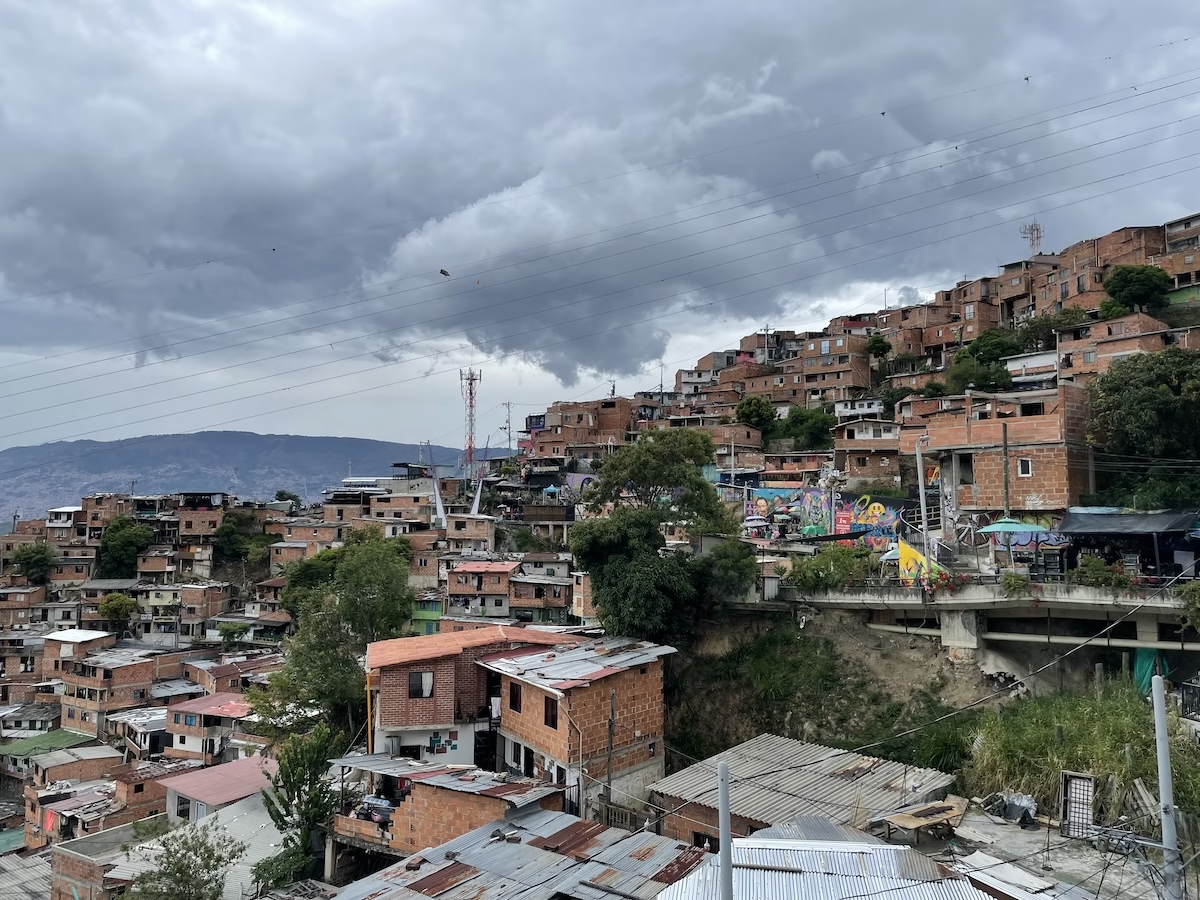Mention traveling in Latin America to almost anyone in the United States and you’re likely to get one question: is it safe? Our newspapers are filled with horror stories of cartel violence. Crime and safety even dominate discussions in hostel common rooms on the road. Not the food or culture or scenery or anything else. The main concern is always how safe are Central and South America for travelers.
My wife and I were at a party shortly before we left for our year and a half long trip through Latin America. A few beers in, an acquaintance sat us down at a table. He lectured us about the drug cartels and the gangs and Latin America’s rising post-pandemic crime rates. “I think you’re making a huge mistake going on this trip,” he said. A few days later, one of my wife’s best friends mentioned she was worried about us getting kidnapped.
Of course, we ignored these concerns and still took the trip. Although we couldn’t help bringing some nagging doubts with us. Our friends’ and family’s voices stuck in the back of our minds. Were we going to get shot? Were we going to get kidnapped? It took months of traveling before the reality of our experience finally quieted those voices down.
As you may have guessed, neither my wife or I were murdered or kidnapped. We had a wonderful, safe, time as we traveled down the spine of the Americas from Mexico to Chile. But, this constant talk about crime and travel got me thinking.

How Safe is Travel in Latin America, Really?
We’ve all read the terrifying news articles and horrifying State Department warnings about Latin America. “Crime, including violent crime can occur anywhere… including in popular tourist destinations.” It is true that many Latin American countries suffer from much higher crime rates than the U.S. or Europe. Mexico, in particular, has a particularly terrifying murder rate.
Yet, those awful statistics never seemed to match up with our personal experience as travelers. How is it that I could spend a year and a half in such a high crime region and never once feel unsafe?
Maybe it has something to do with a bit of advice I once got from a former Guatemalan street gang member turned hostel proprietor: “The problems are between the gangs,” he said “tourists are invisible to them. Unless you’re walking around asking ‘got any weed? Got any coke?’”
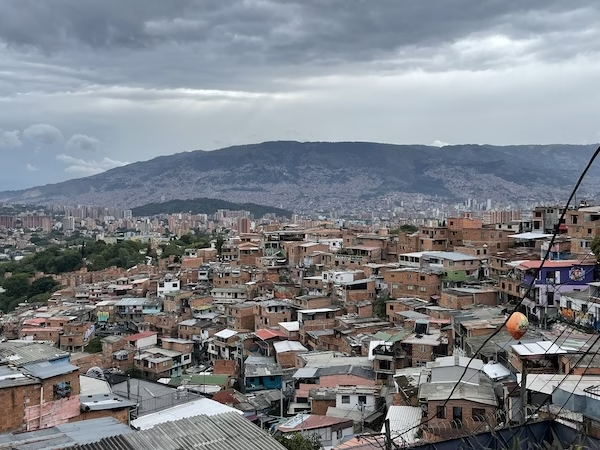
This feels right to me. Unless you’re looking for trouble, the average tourist is not likely to stumble on any gang violence. While parts of Latin America are very dangerous to locals, those parts are not the places the average traveler is going to want to visit.
I don’t want to minimize the impact of that violence. It’s a horrible experience for the local people living in areas controlled by gangs or cartels. But, it’s an experience that we as tourists are privileged to be able to ignore.
I also understand that the word of one former Guatemalan gang member might not be convincing to people worried about travel safety in Latin America. Thankfully, the U.S. State Department has a fascinatingly morbid online tool that allows you to look up every U.S. citizen’s death overseas by country. The latest date is from 2022. I decided to focus on three popular countries: Costa Rica, Guatemala and Mexico.
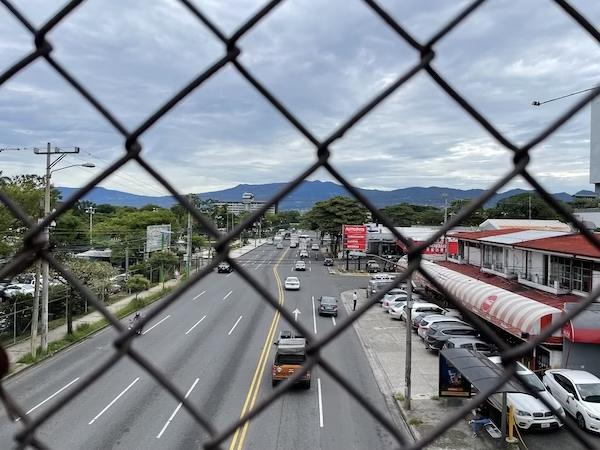
How Safe are Tourists in Costa Rica?
Costa Rica has long been one of the most popular travel destinations, especially for U.S. tourists. However, I chose to look at Costa Rica because the country’s reputation as “the Switzerland of Central America” has been marred in recent years due to a big increase in crime. Costa Rica had 606 homicides in 2022 and the U.S. State Department now recommends travelers “exercise increased caution in Costa Rica due to crime.”
Once again, though, those 606 unfortunate murder victims were overwhelmingly Costa Ricans. According to the State Department data, in 2022 only two U.S. citizens were murdered in Costa Rica. 34 Americans died in total, but most of them were victims of car accidents and drownings. That’s out of a total of 1,252,469 U.S. tourists. Imagine an American city with 1.2 million people living in it that only had 2 murders in a year. It would be absolutely unheard of. It works out to something like a 0.00016% chance of getting murdered in Costa Rica.
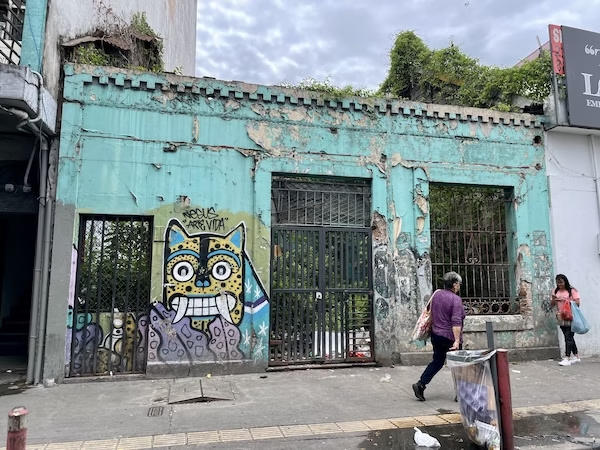
How Safe are Tourists in Guatemala?
That’s Costa Rica, though. Despite the recent increase in crime, Costa Rica still has a safer reputation than the rest of the region. So safe, that my wife’s aunt asked us to “stick to Costa Rica” during our trip.
So, let’s take a look at Guatemala and Mexico, two countries that I’m sure stressed out that poor aunt when she heard we were going there. I doubt I need to convince anyone in North America about Mexico and Guatemala’s reputations.
Guatemala has been known as a haven for gangs and drug traffickers for years. The country has suffered a long, brutal history of violence and civil war. In fact, the country is still suffering. In 2022, Guatemala had a whopping 3,004 murders. That’s a murder rate of 17.3 per 100,000 people, way higher than the U.S.
In fact, while we were staying in Antigua, a teenager was shot in a supermarket just north of town. We also heard news reports about a shooting on a local bus. Scary, but once again, these were all locals who were involved in both incidents.
So, how safe is Guatemala for tourists? In 2022, 233,429 U.S. citizens traveled to Guatemala. Out of that number, there were only 3 deaths. Not three murders. Three deaths. Two were drownings, and only one was a homicide.
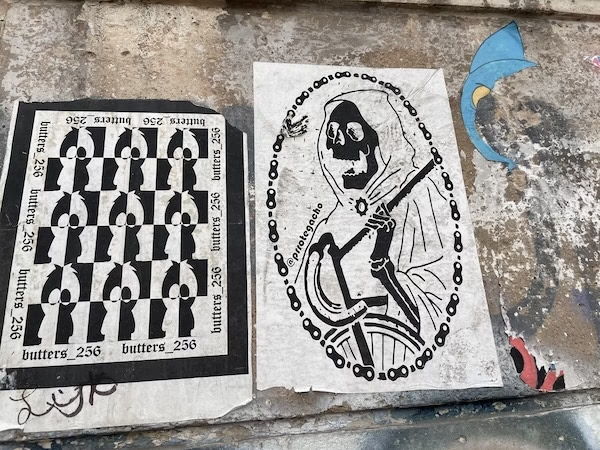
How Safe are Tourists in Mexico?
Perhaps you’re seeing the pattern here, but let’s take a look at Mexico because why not. U.S. politicians on both sides of the aisle have been scapegoating Mexico for years as the source of all crime. I grew up watching movies and TV shows full of sepia-toned blood splattering Mexican narco violence. It’s a country with a very bad reputation.
It is true that Mexico suffers an inordinate amount of violence. There were over 30,000 murders in 2022. While the murder rate has been steadily dropping over the last few years, it’s still alarmingly high.
However, of those 30,000 plus murders, only 45 were U.S. citizens. That’s out of a whopping 33.5 million Americans who visited Mexico in 2022. So, 45 murders out of 33.5 million visitors. That gives U.S. travelers something like a 0.000134% or 1 in 746,000 chance of being killed in Mexico.
For the record, you have about a 1 in 700,000 chance of being killed by a meteorite. Yes, you read those numbers correctly. A U.S. tourist has a slightly higher chance of being killed by a meteorite than being murdered in Mexico.

What is Really a Safety Issue and What Isn’t?
In total, 191 Americans died in Mexico in 2022. The vast majority of those deaths were due to traffic accidents and drownings. Yet nobody ever says “I really think you should reconsider traveling to Mexico, I’m afraid you might drown.”
Those of us in the United States often have very skewed ideas about crime and safety. Crime is overall decreasing within the U.S., yet people believe overwhelmingly that the crime rate is going up. We also have skewed perceptions of what is a safety issue and what isn’t.
When we talk about crime in Latin America, travel bloggers and guidebooks often lump murder and assault into the same section with theft. I’m as guilty of this as anyone else.
The statistics for theft, when their available, tell a similar story as the statistics for murder. I could only find data for Costa Rica, but I’m sure other countries have similar numbers. In 2024, 2.6 million tourists visited Costa Rica. That same year, there were only 500 reported thefts. Even considering that many thefts go unreported, those numbers give you odds of 1 in 5,207.
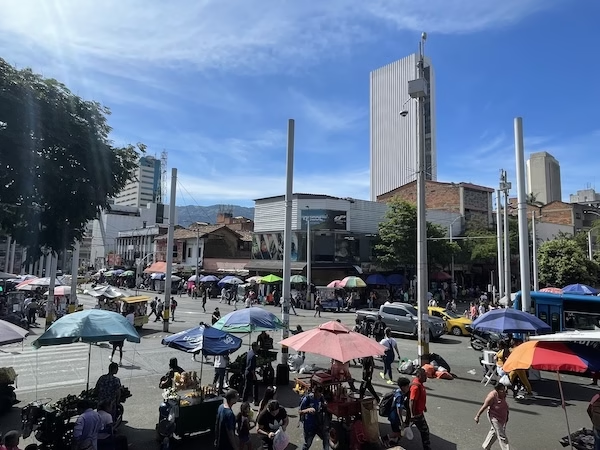
We’re not talking about muggings or assaults here. Why? According to the Costa Rican Judicial Investigation Agency, of the all the robberies and thefts in the country “82% [of thefts were] targeting items like phones or laptops left visible.” That is, most thefts are crimes of opportunity. Someone snatching an unattended valuable.
More importantly, though, is theft really a safety issue? I can’t imagine any scenario where you’d be at risk of bodily harm or death because someone took your cell phone or laptop. And if you have travel insurance, theft is really more of an inconvenience than anything else.
Yet, we constantly lump petty theft in with murder when we talk about crime and safety. I’m sure somebody out there who is smarter and has more free time than me could delve into how consumer capitalism has damaged us psychologically so that we view our possessions as extensions of ourselves. That’s not the point I’m trying to make.
I’m just trying to say that if you really think about it, theft isn’t really a safety issue.
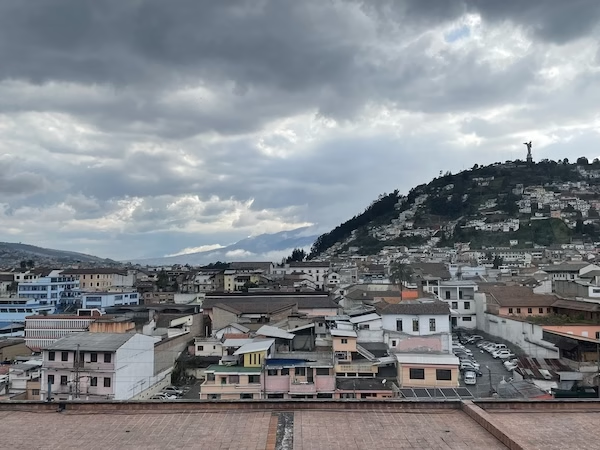
Crime in Latin America is Very Concentrated
Back to the issue at hand. When you look at the numbers, crime against tourists in Latin America (including theft which isn’t even really a safety issue) is actually incredibly rare. Keep in mind also that those numbers don’t tell the whole story. How many of those 45 U.S. citizens who were murdered in Mexico in 2022 were tourists and how many were, perhaps, American gangsters involved in the drug or gun trade, or maybe just the unfortunate victims of crimes of passion? We’ll never know.
And much like anywhere else in the world, crime in Mexico and the rest of Latin America is generally concentrated in very specific areas. If you look at the (rather alarmist) U.S. State Department’s travel safety map you’ll see that most of Mexico is yellow, meaning “exercise extreme caution.” This is the same warning level as Italy or France. According to one very long and detailed academic article published in 2019 ,“80 percent of homicides in Latin America’s large- and medium-sized cities occur on just 2 percent of streets.”
It’s very unlikely most travelers will stumble onto those 2 percent of streets. Anecdotally, I’ve found that if you can understand a little bit of Spanish, the locals are very willing to point out which areas are safe and which ones you should avoid. Most people want you to have a good time in their country, and they will do their best to keep you from getting robbed or murdered.
The point is, for the average tourist, Latin America is probably safer than back home. So, why do we keep talking about it like it’s so dangerous?
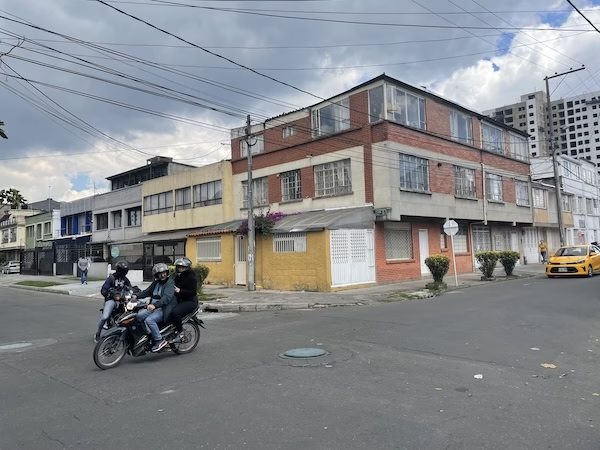
Fake News?
One of the main reasons we have this skewed perception of how safe Latin America is for travel is due to that age old boogey man: the media.
News media in the United States has been sensationalized and over the top since the days of Hearst’s yellow journalism. Somewhat more recently, I remember watching a story on CNN right after the 9/11 terrorist attacks. The pundits were scrambling over one another discussing the implications of a supposed Islamic prayer shawl found near the Mexican border. The video footage of this supposed prayer shawl clearly showed a checkered Adidas soccer jersey.
When doing research for this blog post, I found hundreds of news articles about crime in Central and South America. Most of them I don’t want to link to because I don’t want to inadvertently give them more traffic. Forbes, for example, had one particularly nasty piece essentially doing the opposite of this article trying to convince tourists to avoid Mexico. Others did the same old routine of amplifying unfortunate, but isolated, incidents of murdered tourists.
Not a single one bothered to crunch the numbers and mention how statistically unlikely it actually is for travelers to be the victims of homicide in Latin America.
Of course, in our oversaturated social media age, sensationalism and click bait seem to attract more traffic than reasoned arguments based on numbers and facts. Fear mongering taps into our basic survival instincts, keeps us clicking and keeps those advertising dollars flowing. That’s definitely part of it.

The Racist Legacy of Imperialism
But I think there’s more going on, something more insidious than callow greed for advertising dollars. I think a lot of our fear of Latin America is due to good old-fashioned imperialism.
The United States has long considered Central and South America to be its backyard. Our government has long treated the countries in this region as client states, and been more than willing to intervene, at times with brutal force. A lot of Latin America’s current socio-political problems are due, either directly or indirectly to U.S. imperialist meddling. Google “the United Fruit Company” if you don’t believe me.
Part of being an imperial power means othering and belittling the people you’re ruling over. It’s no longer politically correct to directly refer to colonized people as “uncivilized” or “savages” like they did in the 1800s. However, the negative media coverage and barrage of stereotypes about Latin America as a land of criminals and drug gangs definitely carries that implication. Racist stereotypes are very intimately tied to imperial politics.
And of course, that all ties in to U.S. immigration policy. By treating Latin America as a crime ridden hell hole, by extension Latinos are going to be treated as criminals. People are going to be much more willing to see their neighbors rounded up and shipped off to a Salvadoran concentration camp if they view them as potential gang members.
I also don’t think it’s a coincidence that anti-immigration (and anti-Latino) rhetoric has exploded during a time when income inequality has exploded even more. Trump (and anti-immigrant politicians from both parties) know exactly what they’re doing when they push for us to be worrying about MS-13 or Tren de Aragua rather than the billionaire oligarchs who control all the wealth and power. The same billionaire oligarchs who control the media, too, by the way.
(Although, as a side note, it warms my heart to see the ongoing protests against ICE and Trump’s immigration policies.)
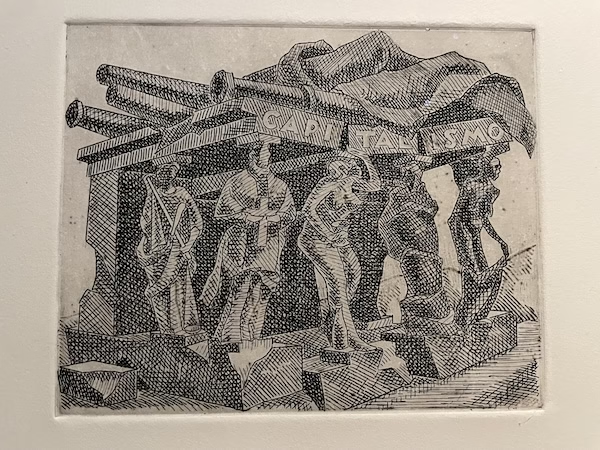
Latin America was Very Safe for Us
It seems strange that a piece about travel safety has devolved into a screed against billionaires, but that’s the world we live in.
The main point I want to make is that travel in Latin America is as safe as anywhere else. I’ll say it again: you have a slightly higher chance of getting killed by an asteroid than you do getting murdered as a tourist in Mexico. Crime exists, but travelers are rarely the target.
Sadly, as we’ve all learned from the media, numbers just aren’t as powerful as anecdotal, isolated stories. So, let me tell you mine.
I’ve been traveling to Central America off and on for years. My wife and I took a year and a half long trip through Central and South America. Never once in all my travels have I ever felt unsafe. Never once have I ever even had anything stolen.
Someone did try to pickpocket my wife’s bag in Quito, but all she had in that pocket was a troll doll and a bunch of used tissues. I almost felt bad for the guy.
Generally, though, I’ve found that the local people were not only incredibly friendly, but incredibly protective of me as a tourist. We’ve been warned away from sketchy neighborhoods or told to put our phones away if we had them out on the street. People in Latin America wanted us to feel safe and enjoy their countries. I’ve found the vast majority of Latinos to be friendly, honest and trustworthy.
In fact, I almost feel a little guilty about how well I was treated. It makes me wish my government and fellow U.S. citizens were better at returning the favor.
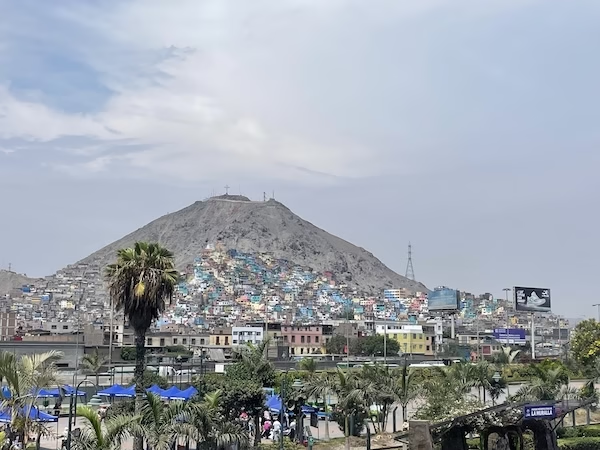
I Regret Listening to My Friends
As I believe I mentioned earlier, before our trip my wife and I were practically berated by well-meaning friends and relatives warning us about crime in Central and South America. These were friends and relatives, by the way, who had never been to Latin America. They were just repeating what they’d heard.
Of course, we still went on our trip. But it took a while before we could relax and fully trust the people around us. We even skipped out on visiting a few towns due to rumors we’d heard about safety and crime. I regret that.
I’m not saying that we should’ve (or you should) thrown all caution to the wind. Obviously, keep your wits about you like you would anywhere. I’m just saying there’s a difference between being prudent and being paranoid. Far too often as travelers in Latin America, we fall into the realm of paranoia. And that’s shitty. It’s shitty for us and it’s shitty for the local people around us.
As for our friends and family back home, well, bad things can happen anywhere.
Remember that one acquaintance I told you about who sat us down at the party and told us our trip to Central and South America was a big mistake? A group of thugs attempted to rob him and beat him up so bad he had to go to the hospital. This happened in the middle of our home city. A relatively ordinary, mid-sized U.S. city. He was sitting on his very own front steps when it happened.
I genuinely feel bad for the guy, but a part of me can’t help but appreciate the irony.


